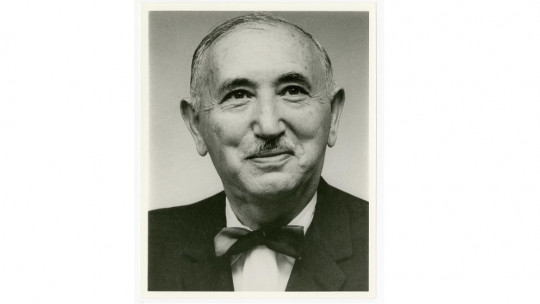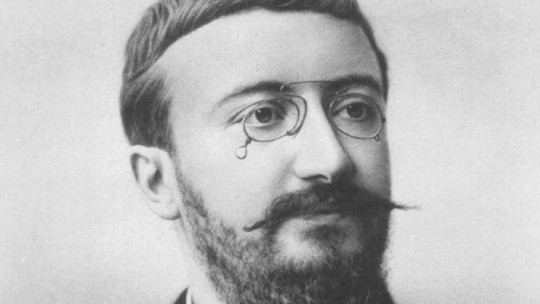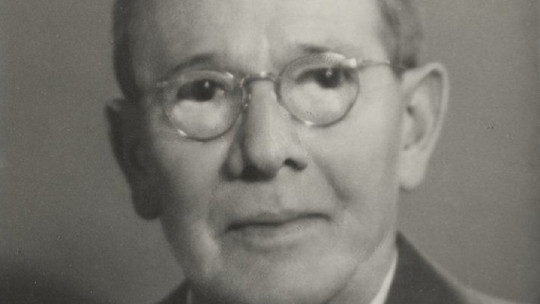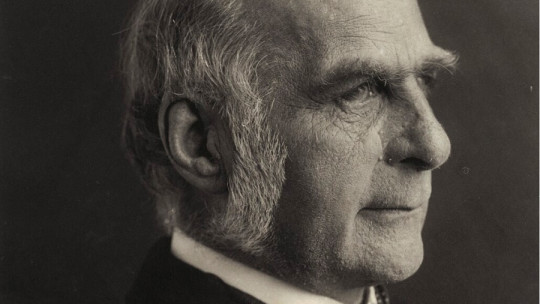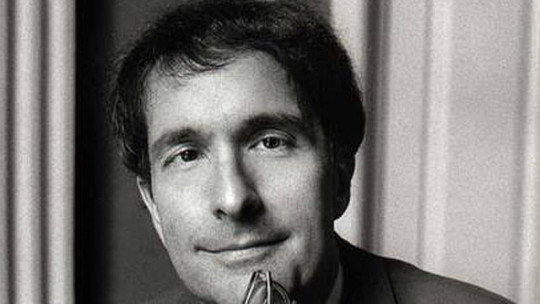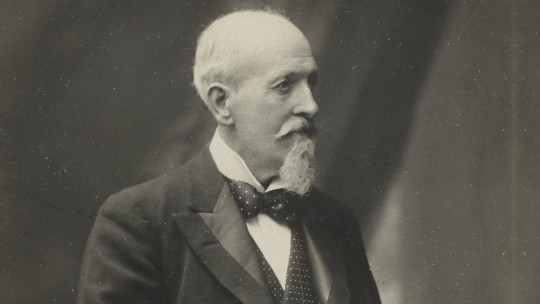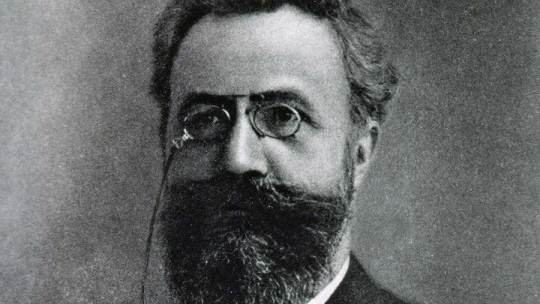David Wechsler is an old acquaintance of all those who have studied intelligence at a scientific level, from disciplines such as psychology or branches or specializations such as neuropsychology or neuropsychiatry. It is not in vain the author of one of the most famous and used batteries for evaluating cognitive abilities the Wechsler Intelligence Scales, both in their adult version (WAIS) and in their child version (WISC).
We are probably before one of the most recognized and important professionals who investigated and carried out various studies on intelligence and cognitive capacity, and who transformed said research into practical material that allowed assessing the status of patients. We’ll see now a brief biography of David Wechsler
The life of the creator of the Wechsler Scales: biography of David Wechsler
David Wechsler was born on January 12, 1896 in the city of Lespedi, Romania, as the youngest of seven children. He came from a family of Jewish origin, being the son of professor Moses S. Wechsler and shopkeeper Leah W. Pascal.
In 1902, when David was six years old, the Wechsler family emigrated to the United States , specifically to New York City. Naturalized in that country, he would carry out his primary and secondary studies.
University education and World War I
Once he finished high school, he would begin his university studies at the City College of New York, from which he would graduate in 1916. He would later complete a master’s degree in Experimental Psychology at Columbia University in 1917.
After that and before the outbreak of the First World War, He enlisted in the army, in which he would participate as a psychologist Initially he worked on Long Island, at Camp Yaphank, being assigned to pass general intelligence tests (specifically the Army Alpha and Army Beta, which were intended to be used to assess the assignment of recruits as officers or privates) in preparation for the selection of recruits.
He would perform the same tasks in the psychological division at Fort Logan, Texas, where he would meet and work with authors such as Thorndike, Yerkes, Spearman and Pearson. During his entire military experience he would begin to realize that the tests used had serious limitations and biases (for example, they were not adapted for illiterate or foreigners, and verbal aspects were excessively important).
He also served in France. After the war, the army He was awarded a scholarship in 1918 to study at the University of London where he would meet Pearson or Spearman again.
After that, in 1919 he would be accepted at the University of Paris, where he carried out research in experimental psychology on the variations of electrical conductivity in the skin in the face of emotional changes together with Piéron and Lapique, until 1922.
That same year he returned to the United States, initially working at Boston Psychiatric Hospital and, months later, he moved to New York and joined the Bureau of Child Guidance as a psychologist, a center where he observed and worked as a clinical psychologist until 1925. That year he completed his research on the electrical conduction of the skin, earning a doctorate with it. Columbia University (having been mentored by Woodworth).
Postdoctoral life and World War II
After obtaining his doctorate, he would spend the following years, specifically until 1932, working as a clinical psychologist in private practice, as well as as secretary at the New York Psychological Corporation (in which he introduced a lie detector in 1926). His investigations made him see that the magnitude of interpersonal differences was overestimated in terms of cognitive abilities, as well as that from certain ages these begin to decline.
In 1932 he would be offered the position of chief psychologist at Bellevue Psychiatric Hospital, a position he would maintain until 1967. He would also remain in contact with the Department of Psychiatry and Neurology at New York University. His studies were varied, but intelligence would continue to be the topic that produced the most interest
In 1934 he married Florence Felske, although weeks after the wedding she died in a traffic accident. He would not marry again until 1939, the year in which He would marry Ruth Halpern (with whom he would end up having two children).
The same year of this second marriage would also be a milestone in psychology, the publication of its first intelligence scales. We are talking about the Wechsler-Bellevue Scale of Intelligence. However, unfortunately it was also in that same year that World War II would begin.
During this second war he would be appointed advisor by the United States Secretary of War. His role would also be relevant after the war, developing and implementing a mental health program for Holocaust survivors in Cyprus during 1947 and working with war veterans. He also visited the Hebrew University of Jerusalem, working briefly as a professor in 1967.
Another notable aspect is that over the years it developed different tests, including the Wechsler Memory Scale, or the well-known WAIS (Wechsler Adult Intelligence Scale), WISC (Wechsler Intelligence Scale for Children) or WPPSI (Wechsler Primary and Preschool Scale). of Intelligence, for preschool children) as well as some of its reviews. His contributions were highly respected and valued while he was alive, receiving different decorations for them.
Death and legacy
Wechsler died at his home in Manhattan on May 2, 1981 , in New York City. His death occurred at the age of 85, leaving behind a wife, children and grandchildren. However, his legacy is extensive and remains valid today.
His studies on intelligence and the scales he created have been very useful to evaluate and assess the cognitive status of patients who manifest some type of deterioration.
In fact, although the entire battery is not usually used since this would involve considerable time, it is common for many of the tests generated for it to be used today in the evaluation of people with memory complaints, to evaluate cognitive ability and adjust the aid if it is necessary (for example in the case of the need for educational aid at school) or who present some type of cognitive impairment (to evaluate deterioration generated by age or even observe alterations generated by some type of dementia).
Tests such as the WAIS and WISC continue to be administered periodically its scales being improved and updated but retaining the name of its original designer, Wechsler.

